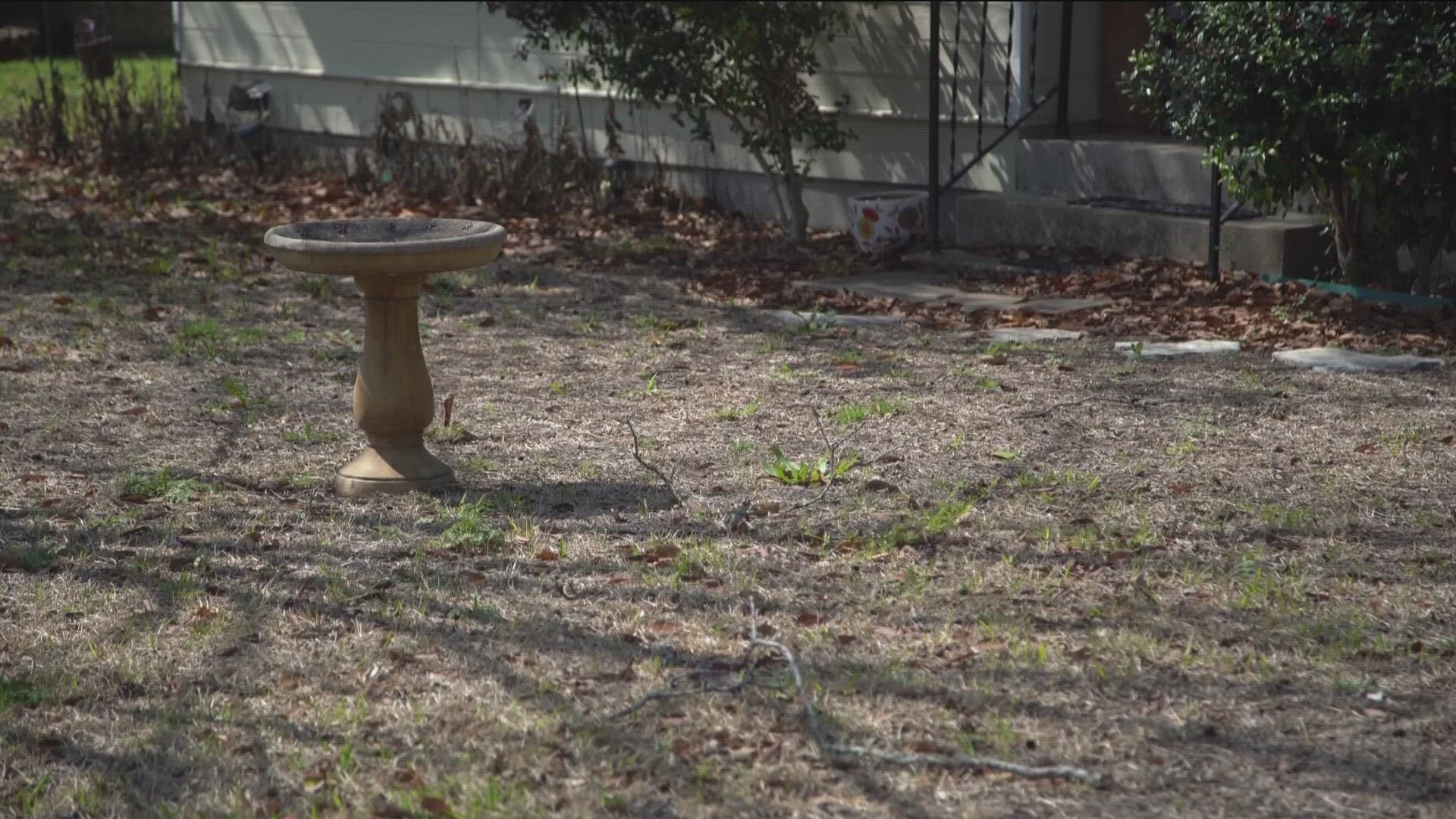AUSTIN, Texas —
The Barton Springs Edwards Aquifer Conservation District (BSEACD) entered Stage 2 drought restrictions on Friday.
The move from Stage 3 Critical Drought to Stage 2 Alarm Drought is significant because this is the first time the conservation district has been out of Stage 3 since October 2022.
The several inches of rain we saw in January and February improved Barton Springs' flow and helped fill up the Edwards and Trinity Aquifers and area creeks.
The BSEACD covers Travis, Hays and Caldwell counties, and while there are some 400,000 people who live in the district, the drought update potentially affects between 60,000 to 75,000 water customers.
BSEACD’s General Manager Tim Loftus said the transition is good news.
The district declared Stage 4 Exceptional Drought in December, the first time in the district’s 36-year history. But Loftus clarified it is still important to conserve water, especially with summer approaching and demand for water expected to increase.
“If it's going to be hot like it was last summer, if it's going to be dry like it has been the past couple of summers, particularly entering this summer with, water supplies, you know, the Highland Lakes, for example, the aquifer levels not being in an ideal position, it's worrisome,” Loftus said.
KVUE reached out to the cities of Buda and Kyle, two communities with rapid growth, to see how the conservation district's drought update affects their drought contingency plans.
According to Blake Neffendorf, Buda's director of Public Works, the city will maintain its once-a-week watering schedule.
“The City of Buda moved back to Stage 2 restrictions on February 19th when BSEACD went from Stage 4 to Stage 3. The City will remain in Stage 2 restrictions even with the move by BSEACD from Stage 3 to Stage 2. The City receives a majority of its water from the Guadalupe Blanco River Authority (GBRA), and they also remain in Stage 2 drought conditions. Customers are allowed to water 1 day per (week) on their designated day,” Neffendorf said.
A spokesperson for the City of Kyle said the city is evaluating its watering restrictions and could relax them in a couple of weeks.
“If conditions, including system demands and conservation restrictions by other water supplies, are found to be favorable to relaxing restrictions, the city would move to relax current restrictions in the next couple of weeks,” Rachel Sonnier said.
The drought stage change for the BSEACD comes on the heels of the Lower Colorado River Authority's (LCRA) approval of restricting its customers to once-a-week outdoor watering in February.
Affected utilities have until May 1 to comply.

